DIY laminate wall decoration
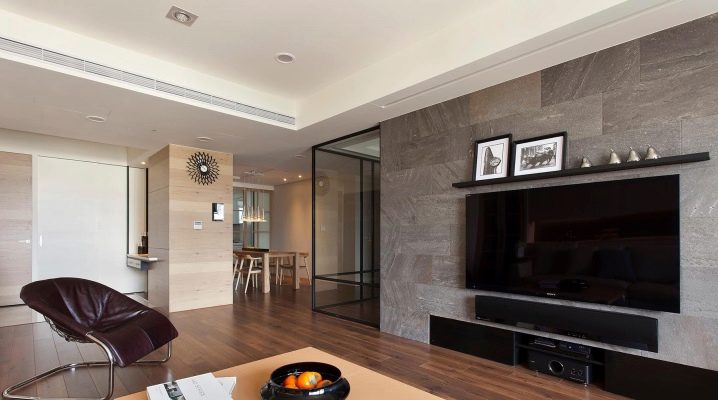
Laminate wall decoration will undoubtedly add charm and originality to any room. This is a fairly simple process, and it is quite possible to carry it out with your own hands, without resorting to the help of specialists.
Advantages and disadvantages
Using laminate flooring for wall decoration has its pros and cons.


The advantages include the following parameters:
- excellent strength of the material (panels can serve for more than one decade, while maintaining an aesthetic appearance);
- environmental friendliness;
- a light weight;
- a huge selection of colors and textures;
- price (inexpensive panels can be purchased for walls);
- the ability to finish the wall with your own hands, without hiring craftsmen.
There are few disadvantages to wall decoration with laminate:
- overestimated requirements for the preparation of walls before covering the laminate. The walls must be perfectly flat, or the installation of the lathing is necessary;
- low resistance to temperature and humidity extremes.
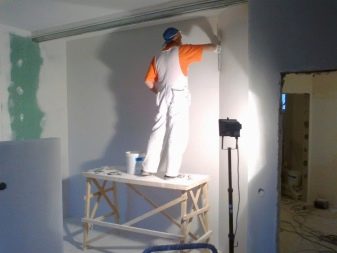
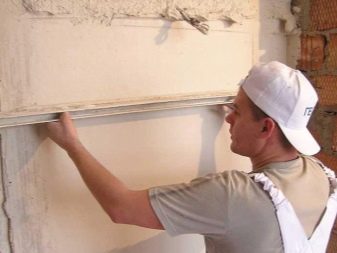
How to choose?
Due to the variety of choice of colors and textures, wall laminate for interior wall decoration can be used in any room.
When choosing a material, you need to decide what functions, besides decoration, the wall covering will perform. Typically, this is aligning the wall and creating a stylish, updated design.
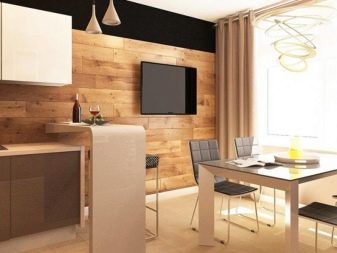
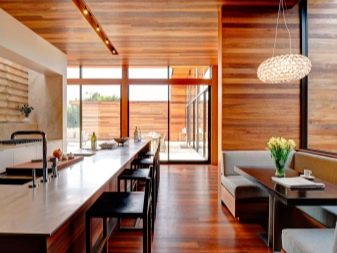
For wall covering, laminate from 21 to 34 class of resistance is suitable. It is better to select the material in accordance with the functional purpose of a particular room.
If there are pets in the house, then it is recommended to purchase more budgetary models so that in case of damage to the coating, it will be possible to replace it.

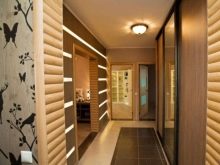

Laminate panels should match the style and color scheme of the interior of the room. For small and narrow rooms, you should not choose a dark wall covering, it is better to focus on light shades. For example, a white coating will refresh the room and make it visually more spacious. It is recommended to combine light wall laminate with light flooring.
The ways
After the color of the material is selected, the method of fastening is determined. The most common ones are:
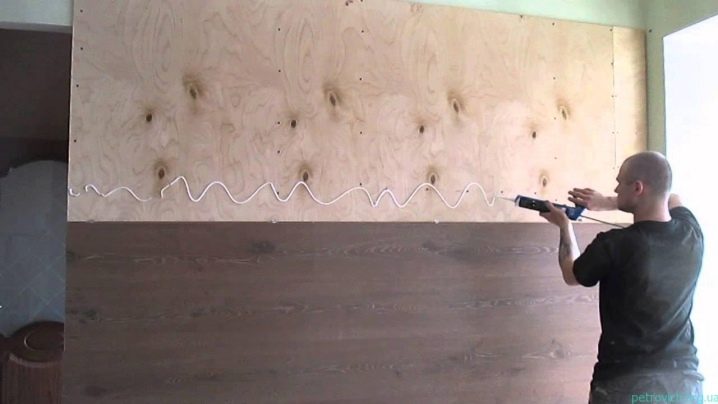
- With glue. The panels can be glued to the wall surface with liquid nails or silicone glue. You need to choose high-quality glue in order to securely hold the panels on the wall. This is the simplest mounting option;
- Wireframe method. Installation of the laminate is carried out on a wooden crate. Wooden slats should be 4 * 4 cm in size. The gap between the guides should be no more than 6 cm. The slats should be perpendicular to the slats.

The frame method is the most reliable, but laborious. It does not require preliminary preparation of the wall. This type of attachment is also suitable for situations when electrical wiring, pipes or other communications need to be masked under the wall covering.
How to fix it?
Fastening can be carried out not only in the previously indicated ways. There is another rather simple method - styling with clamps. These are special brackets for installing laminated planks on walls. Claymers come in two varieties:
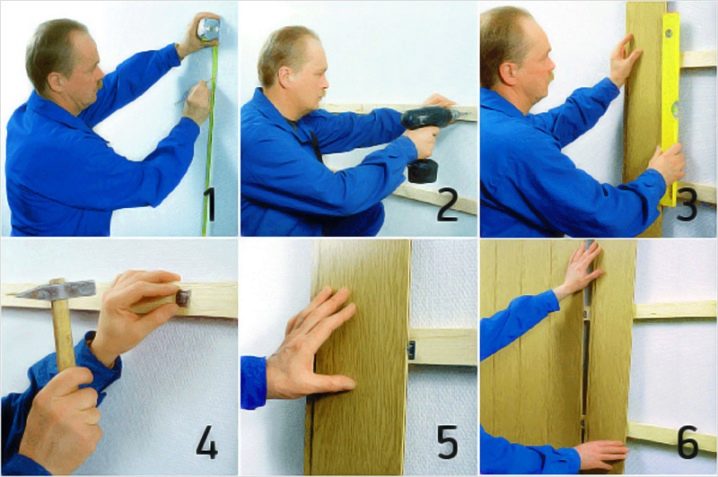
- With serrated protrusions. They are mounted directly into the board;
- With a flat ledge. Needed to press the click lock.
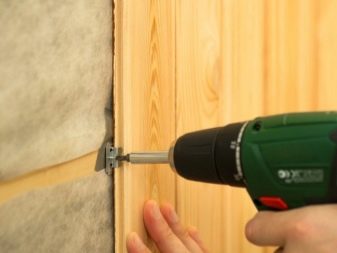
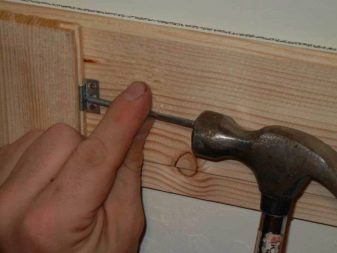
With the frame method of fastening, nails, staples and metal clips are used.If the perimeter of the coverage area is small, then the first two options can be used. If the area is large, then it is safer to fix the panels with clips, since the dimensions of the laminate may change over time.
Mounting
The following tools are useful for installation: an electric jigsaw, a tape measure, a building level, a spatula, wooden blocks, a hammer.
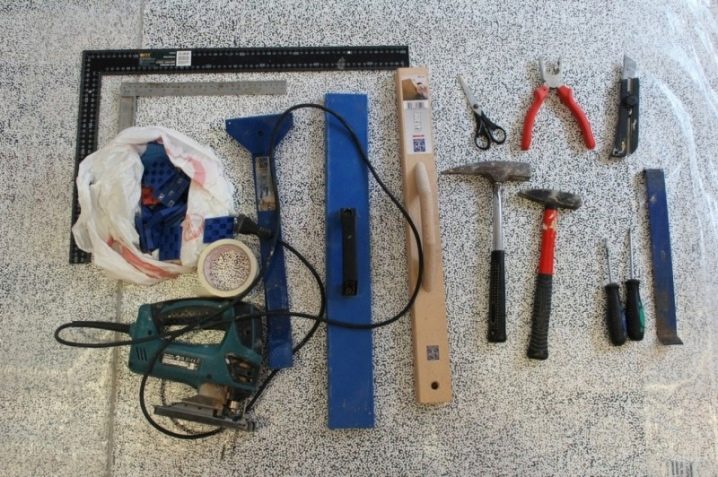
DIY wall decoration technology:
- The required amount of laminate is calculated, it is advisable to purchase it with a margin;
- It is impossible to carry out the installation process on curved, uneven walls, therefore they are pre-cleaned, plastered, dried. Or they prepare the crate. Also, another possible option is to put the laminate yourself on a drywall wall. In this case, drywall must be securely connected to the wall.
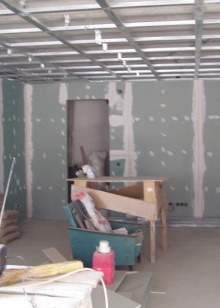
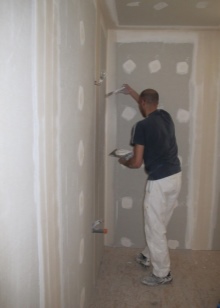
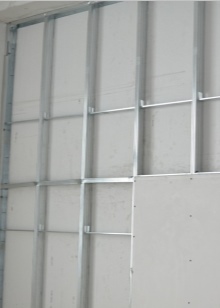
- Determine the place from which to start laying the first laminated panel. Typically, this is the top left corner.
- The panels are mounted directly. If the glue method is chosen, then liquid nails or silicone glue is applied to the back of the strip and fixed by pressing for a short period of time. If the frame method is chosen, then the fixation is carried out using nails or clamps.
- After installing the laminate, decorative skirting boards are installed. They cover the distance between the wall, ceiling or floor.
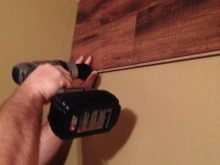
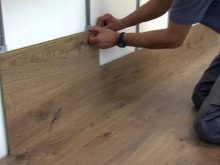
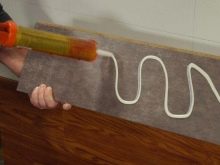
Laminate panels are fixed to the wall horizontally, vertically or diagonally. It is possible to choose one of these options based on the design features and the complexity of implementation.
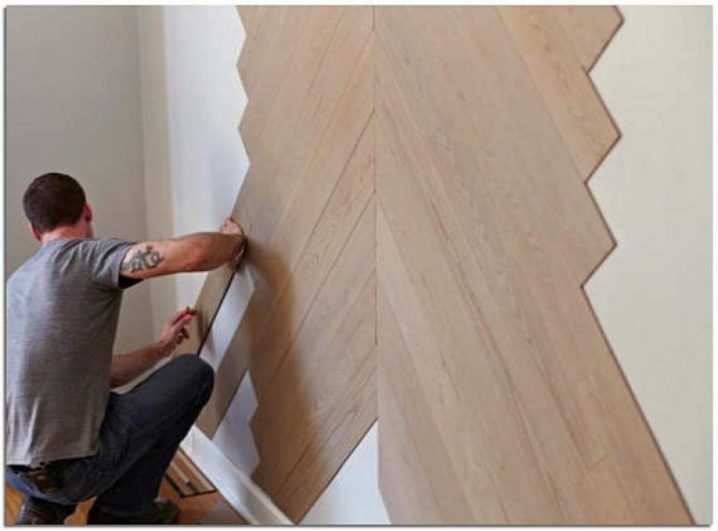
The horizontal method is ideal for narrow rooms and is able to visually expand the space. Looks beautiful when two colors are combined. If you vertically sheathe the wall, then in this way you can increase the height of the room. This method is suitable for apartments or houses with low ceilings.
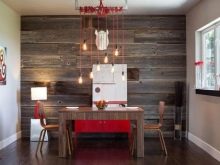
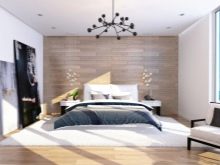

The diagonal wall cladding will make the room stylish and unusual. But this method is the most difficult and requires a higher consumption of boards.
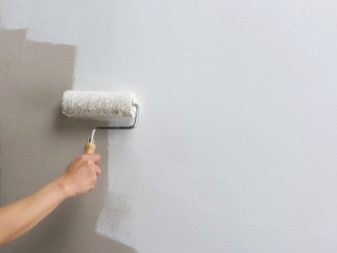
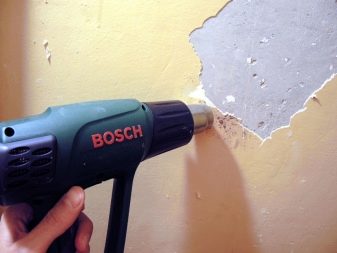
In the event that you decide to lay the laminate on a concrete wall painted with water-based emulsion, then there is a risk that the laminated planks will weakly adhere and after a while will disappear. Therefore, it is recommended to pre-clean the old paint layer, remove the putty and plaster, and prime the surface.
How to trim?
In order for the laminated flooring to harmoniously blend into the interior of the room, it is important, in addition to observing the laying technology, to know how and how to cut the laminate. For example, using an electric jigsaw, you can easily cut the panels. The main thing is to choose the right file for it.
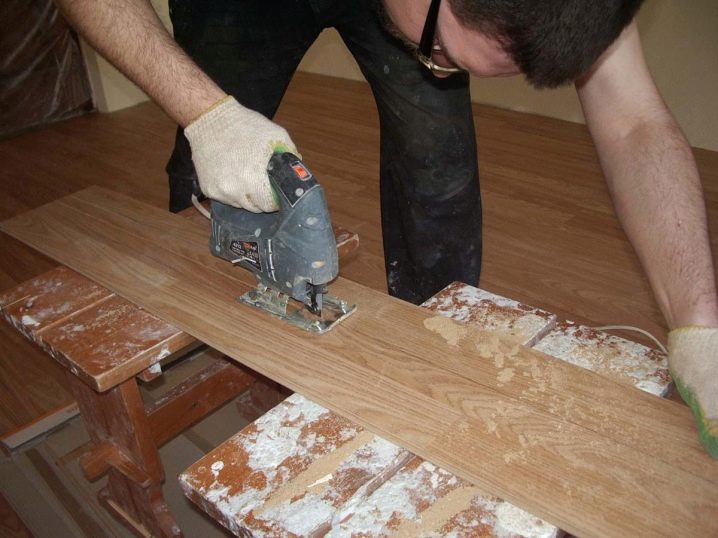
There are several rules for cutting laminated boards:
- On the back with a pencil, draw a line at the place of the cut;
- Next, they put the product on the table in such a way that the part that will be cut off is in weight;
- Then the board is firmly fixed and sawn off in the required place.
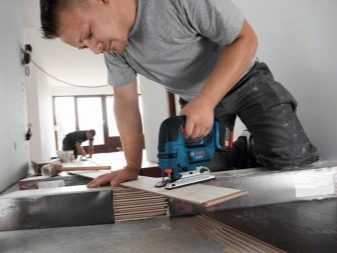
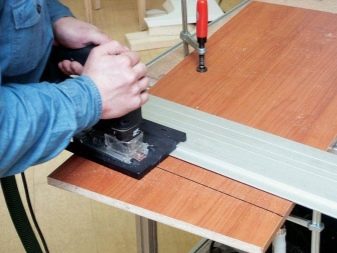
Cutting the material can also be done with a circular saw, but in this case it is the disc for working on metal. This tool is more difficult to work with than a jigsaw. When sawing, the laminate is laid face down.
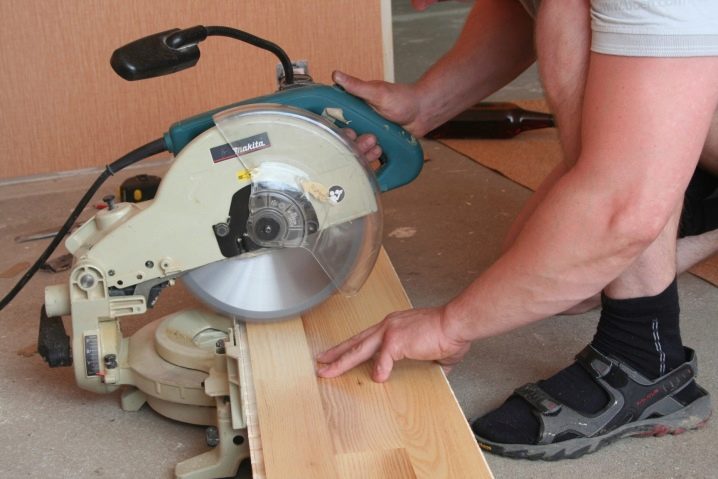
Many owners have such a tool as a grinder in the pantry or utility room. The grinder is successfully used for cutting laminate. The only drawback when working with this tool is the generation of a lot of dust during cutting.
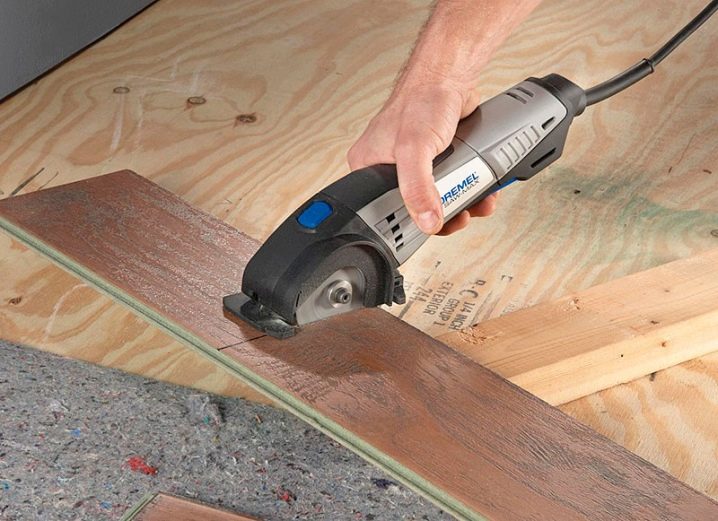
How much to retreat from the wall?
Laminated products tend to increase in size when in contact with humidity and temperature changes, therefore, during installation, you need to leave an indent from the corners of at least 1.5-2 cm.It is not easy to maintain this distance when laying with spacer wedges, so you can place a board or other handy material below similar thickness. In the case of mounting on glue, the board is wrapped in a layer of special film, and wedges are used on the sides. After the completion of the installation work, the indents are closed with skirting boards.

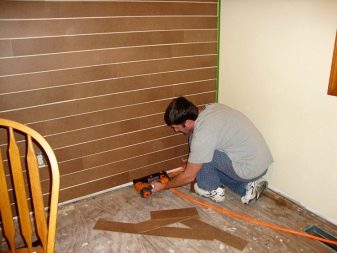
On which side to lay?
It is recommended to fix the laminate, starting from the left side of the wall, which is opposite to the entrance, and move to the right from it. Thus, it is convenient to dock the material. But if the installer is left-handed, then the installation starts from the other side of the room.
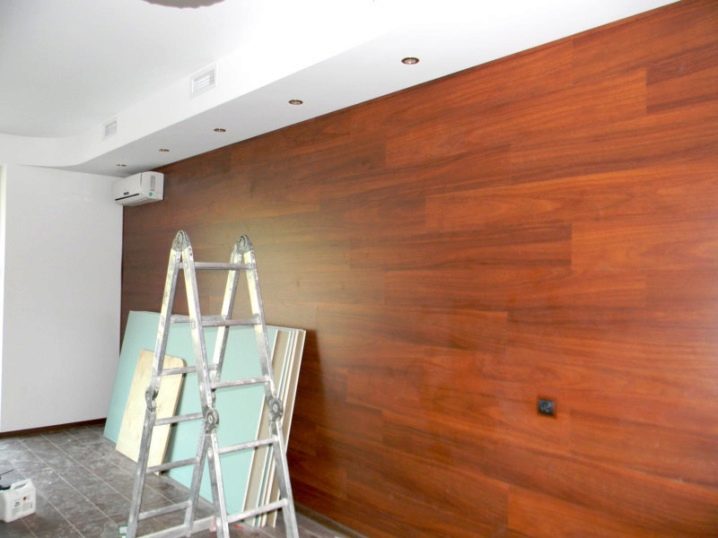
How to fill the gap in the wall?
There are times when gaps are formed between the laminate and the wall during finishing.
There are several ways to remove a large gap:
- Purchase a wider skirting board at a hardware store or make it yourself;
- Disassemble the cover and move it;
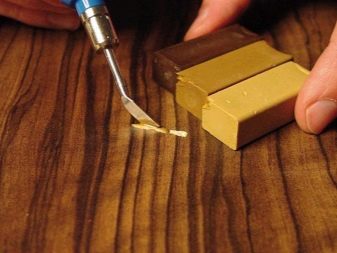
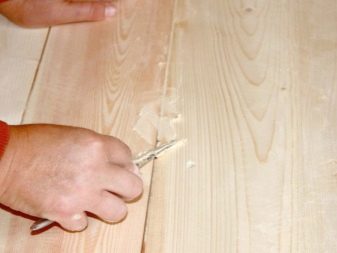
- Cut a thin strip from the same laminate and glue the gap;
- Bend out the existing skirting board.

But the last option must be used very carefully so as not to damage the baseboard.
Corners
When a wall is trimmed with a laminate, where there is a door opening, then the platbands should be removed before installation. When laying the product, its edges should not touch the corners of the walls, floor and ceiling, but there should be a gap. The outer corners can be covered with decorative corners.
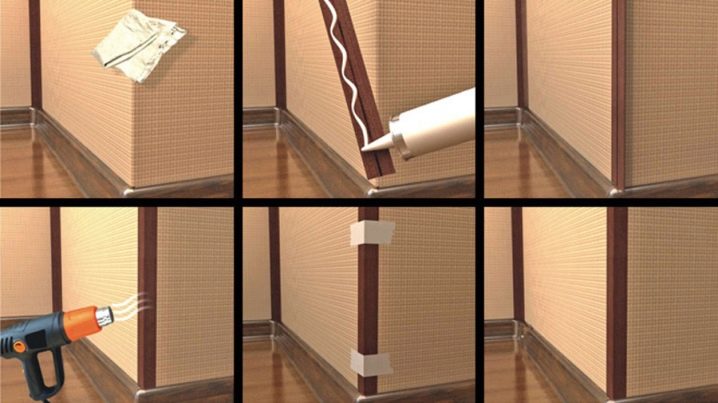
How to make a backlight?
Wall lighting is a fun way to create unique indoor designs. Lighting devices for walls can serve as an independent source of illumination, or as an additional one. The installation of the backlight of the wall covering can be done by hand. It's pretty fast and not too expensive for the budget.

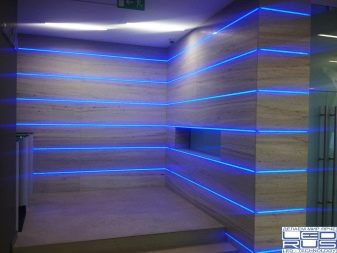
To mount the backlight, you will need: laminate, LED lamps, a screwdriver, a building level, a jigsaw, glue, fasteners, tape.
Backlight installation steps:
- First of all, it is necessary to mark the location of the lamps on the wall. You need to think over the layout so that only the light is visible, not the wires.
- Next, the cable is drawn according to the drawn up scheme, securing it with holders. It is recommended to run the cable from the outlet in order to correctly calculate its length.

- Now install LEDs, laminate. The planks are divided into parts and glued from bottom to top. The upper panels will press on the lower ones, so you need to wait for the glue to dry. Scotch tape and other fasteners will help to fix them.
- The next step is to connect the power. This completes the installation of the backlight.
How to install the last row?
In order to lay out the last row of the laminate correctly, it is necessary to mark the place of the saw, saw it and insert it with a comb into the panel mounted below, and fasten the upper edge with liquid nails or silicone to the frame.

How to close the butt?
In order to close the end when decorating the walls, you can use aluminum laminated corners. They act both as protection against damage and as a decorative element. Corners are made in a wide range of colors, so choosing the right shade is not difficult. Fasten them with elastic glue.
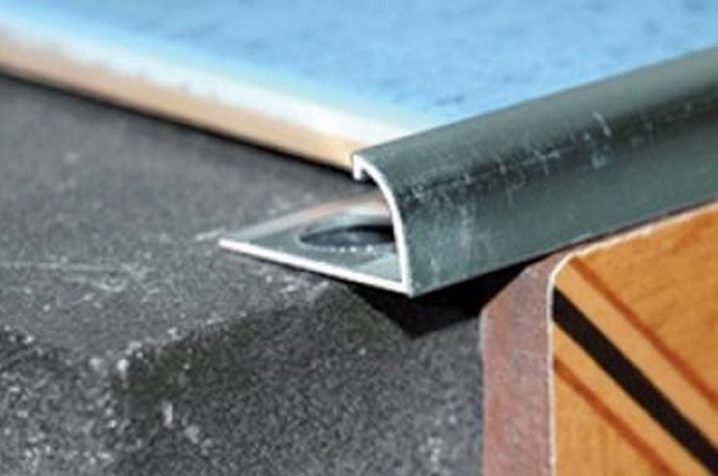
How do I attach a skirting board to the floor?
The skirting board is considered one of the main details in the interior. Thanks to skirting boards, you can hide defects and gaps in the coating. Currently, the most common are plastic and wooden skirting boards.
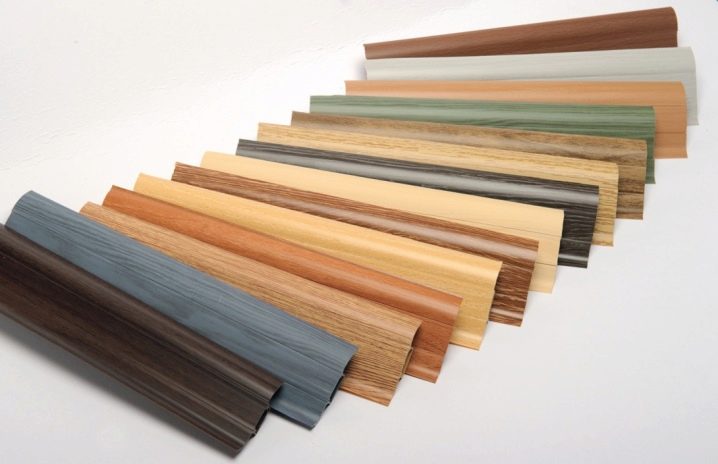
Wooden models are environmentally friendly, but their service life is short. Plastic ones can last for many years, while maintaining an aesthetic appearance. PVC skirting boards are ideal for laminate flooring. They are easy to cut, wear and moisture resistant, and are inexpensive.
You can fix them in several ways:
- With liquid nails. This is the best way for rooms with flat walls and corners. If the corners are uneven, the skirting board will not hold;
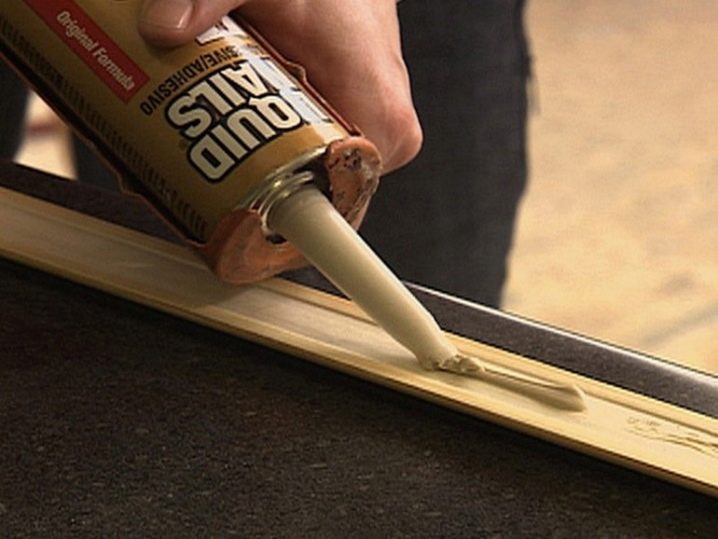
- With clips. This option is suitable for any room. The only drawback of the clips is that in the case of dismantling the skirting board, you need to buy new fasteners, since the clips do not withstand repeated installations;
- Direct mount. The plinth is fastened with screws. The attachment points are masked with color-matched plugs. This method of installing skirting boards is the most reliable.
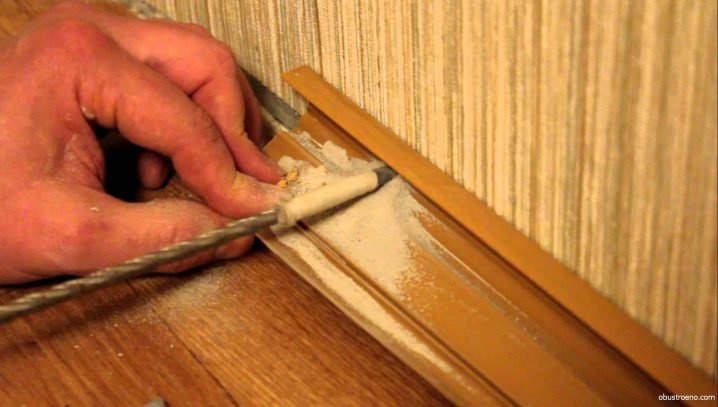
Plinth installation is the final stage of finishing. The skirting board needs to be matched to the design of the room.It is important to try to minimize the number of joints. Gaps should be bridged to reduce the risk of dirt and dust getting into them.
When working with skirting boards, you need to take into account the parameters of the grooves in the connecting parts in order to correctly determine the size of the planks. The attachment points must be chosen so that there is absolute adherence to the wall.
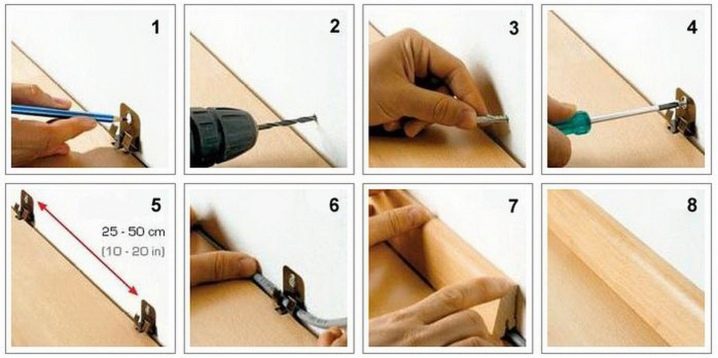
Interior design options
A wide selection of laminated products allows you to bring to life completely different design ideas for rooms.
For example, the use of laminate in the hallway as a finishing material for walls will improve sound insulation. This material is perfectly cleaned from traces of dirt, which is very important for the corridor. Laminate corridor cladding has become popular because of the durability and wear resistance of the material.
In the corridor, you can highlight separate zones using different shades or create a contrast between the wall and ceiling. As a rule, the entire walls are not sheathed with laminate.
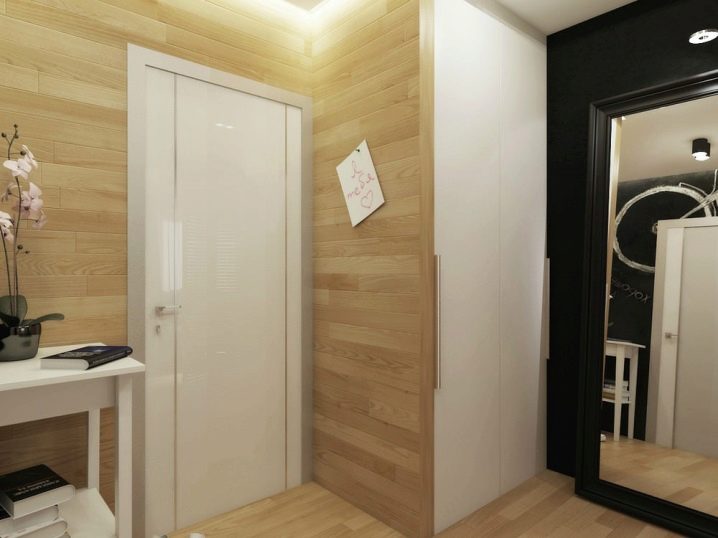
If you decide to finish the walls with laminated panels inside the balcony and loggia, then you need to remember about humidity and temperature changes. Therefore, you should opt for a laminate with an increased resistance class. They can completely sheathe all walls, or they can be combined with other finishing materials.
Another original solution is to use laminate trim at the head of the bed in the bedroom. In the bedroom, you can use material of any class, since there are no strong temperature changes.
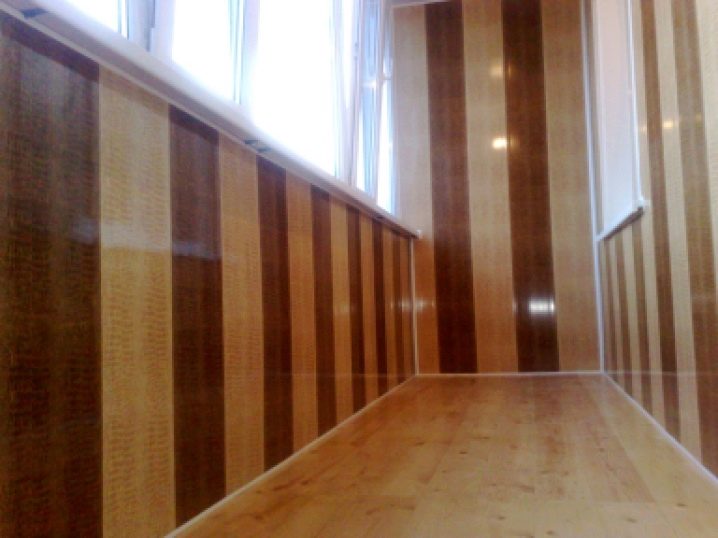
The material will look harmonious if you choose textiles for the bedroom of the same color. The decoration of one of the walls with a white laminate in combination with a light brown flooring looks beautiful. Installing lighting on the wall at the head of the bed will also add zest to the interior. Laminate flooring, moving from wall to ceiling, will transform such an important place in an apartment or house as a bedroom.
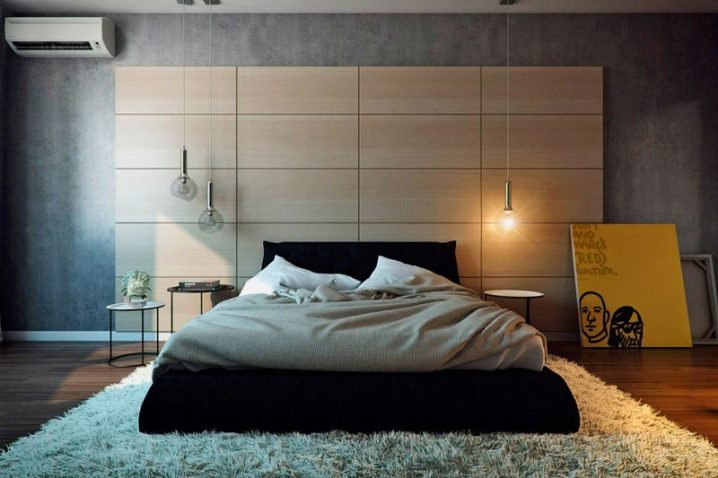
In the living room in the apartment, the use of laminate for wall covering is also widely used. They can allocate a certain part of the room, or, for example, only an area for a TV and a fireplace. The living room looks elegant, in which laminate and other coatings, such as stone, are combined. Gray shades of aged wood can be used.

A wide range of laminated panels makes it possible to use them in the bathroom. Due to constant humidity and temperature fluctuations, it is recommended to give preference to a waterproof laminate. Absolutely any color palette can be used in this room. An interesting option is to highlight the shortest wall in the bathroom with laminate.

Finishing the attic with laminate is the best solution. Most often this is an unheated room, therefore it is important to lay thermal insulation when installing the walls. If you install the backlight in the panel, then, in addition to the interesting decor, it will be an additional lighting of the attic room.

In case you have chosen laminate wall decoration in the kitchen, then you should opt for panels above the 23rd class. There are a huge number of design options in the kitchen. You can buy a stone or wood finish. Usually in the kitchen, a kitchen apron or one of the walls is distinguished by sheathing. You can also decorate the finished coating with accessories, for example, a clock or a painting.

For information on how to lay laminate on the wall, see the next video.













The comment was sent successfully.